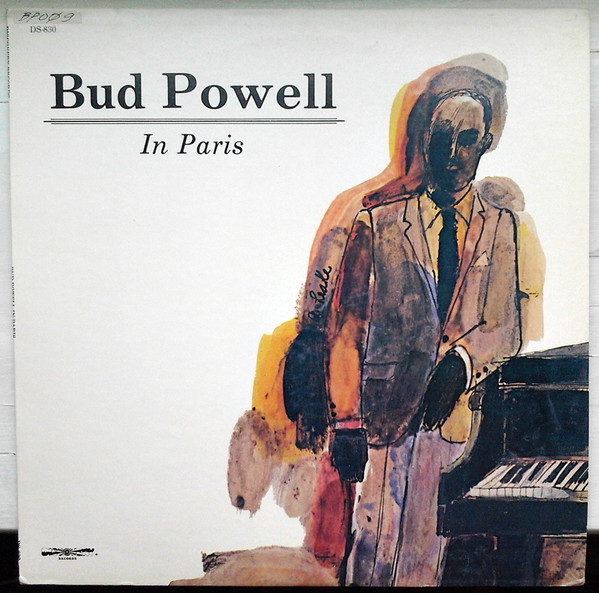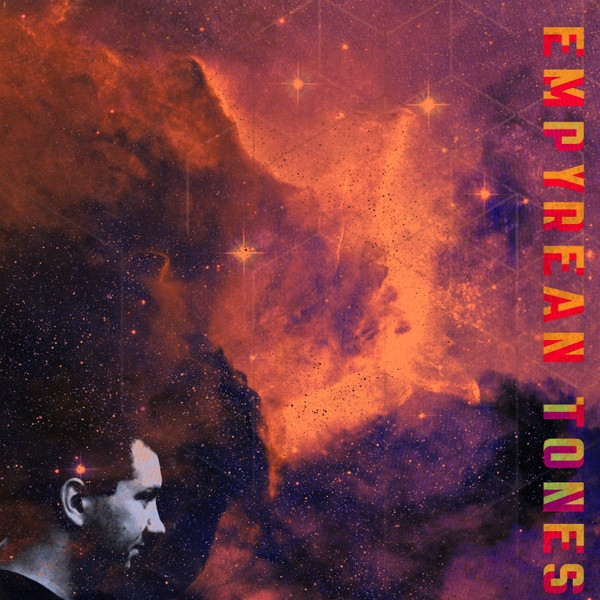By continuing your navigation on this website, you accept the use of cookies for statistical purposes.
Chris Massey Group
Atmosphere





A1
Emergence
13:54
A2
Ron (The Cat)
2:16
B1
Textures
10:29
B2
Squalls
2:19
B3
Duet
6:16
B4
To Our Vanishing Brothers
2:10






